The phenomenon of 'ice volcano' on the lake
The pressure of the waves on the ice sheets will cause water and snow to bounce high, similar to the eruption of volcanic phenomena.
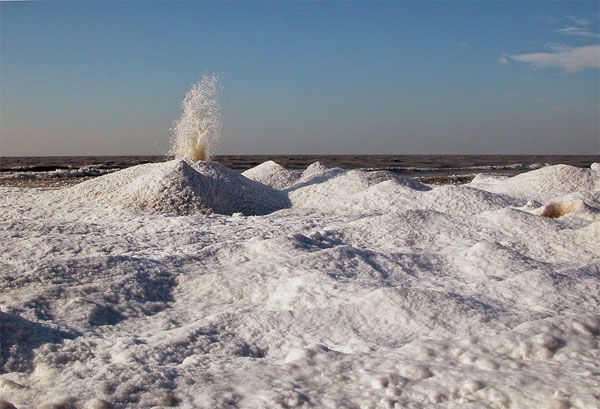
In the winter months, when North America's Great Lakes freeze, a unique phenomenon called "ice volcano" will begin to form along the edge of the lake.The Five Great Lakes are five large lakes located on or near the US-Canada border.
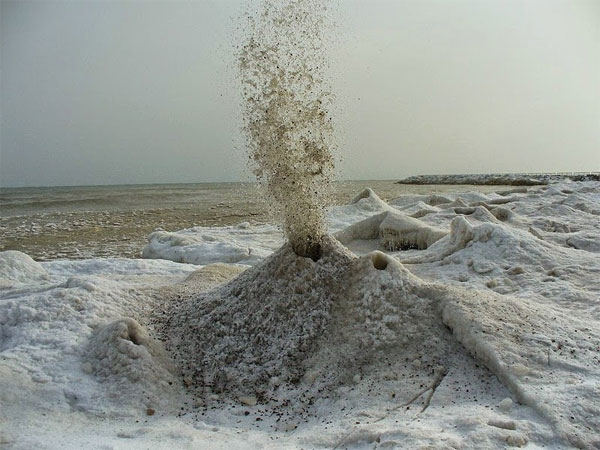
When the winter ice appears, strong winds blow on the shore and the movement of waves on the water will affect the ice.At this point, they began to pile up on each other and form large blocks.Many of these blocks have cracks.
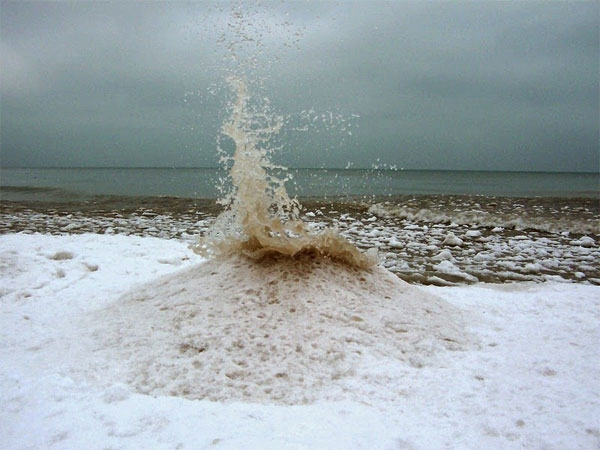
Waves from deep water hit the iceberg.The shallow water level, the beating power of the waves increases, like the tsunami phenomenon.When a crack is found on the ice, this effect causes water and ice to rise from below.If the crater is covered by snow, the "snow eruption" activity will be similar to volcanic lava spray.
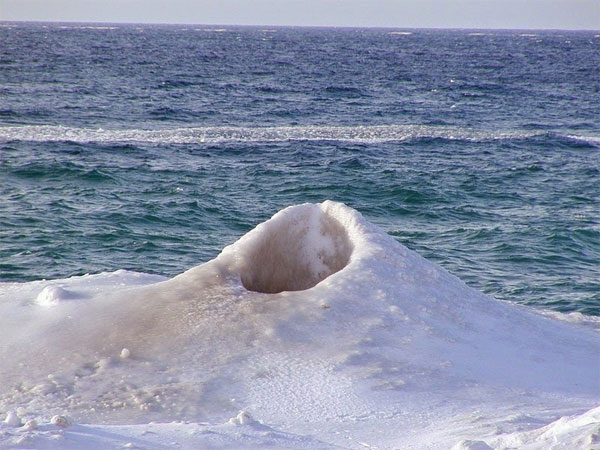
This phenomenon may be called a sprinkler hole, but it has the same characteristics as the normal geological phenomenon.After eruption, the water is pushed out to quickly close into ice and gradually form a conical structure, similar to lava around the crater.
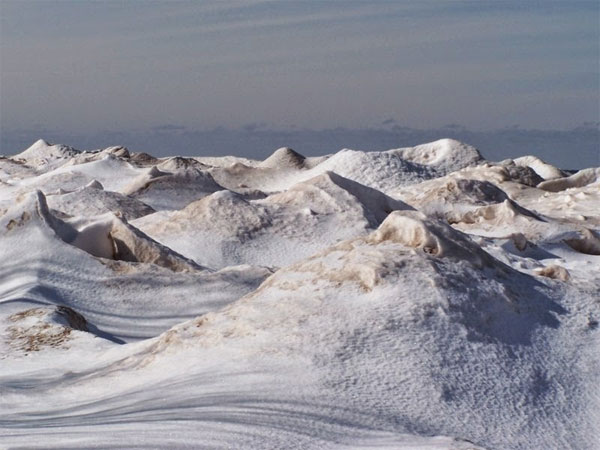
According to scientists, not all icebergs create volcanic ice.Prerequisites include lower surface temperatures than freezing and wave levels in the lake.
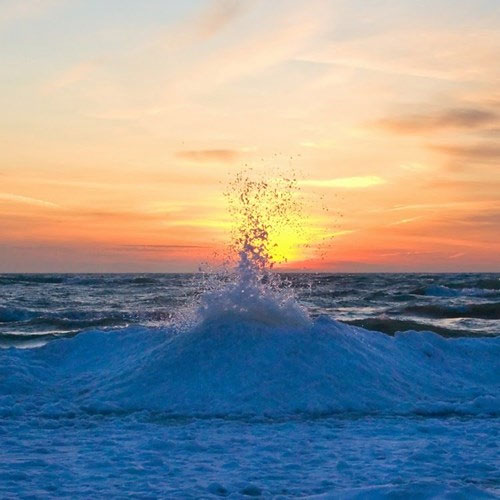
That's why this phenomenon is only observed in a few places like Lake Michigan, Lake Erie and Thuong Lake.
- Huge lava lake on Kilauea volcano
- Lake blue water at the bottom of the most active volcano in Hawaii
- Hell Gate - lake lava burning for hundreds of years
- Strange phenomenon inside America's most dangerous volcano
- Mysterious lake color change
- Strangely the phenomenon of
- The strange lake all year round boiled and fumed
- Mysterious about Lake Baikal - The largest lake in the world
- Volcanoes can 'wake up' in 2012
- Volcanic pyramid in Argentina
- Explain why the lake is red like blood
- Explain the phenomenon of
 Is the magnetic North Pole shift dangerous to humanity?
Is the magnetic North Pole shift dangerous to humanity? Washington legalizes the recycling of human bodies into fertilizer
Washington legalizes the recycling of human bodies into fertilizer Lightning stone - the mysterious guest
Lightning stone - the mysterious guest Stunned by the mysterious sunset, strange appearance
Stunned by the mysterious sunset, strange appearance